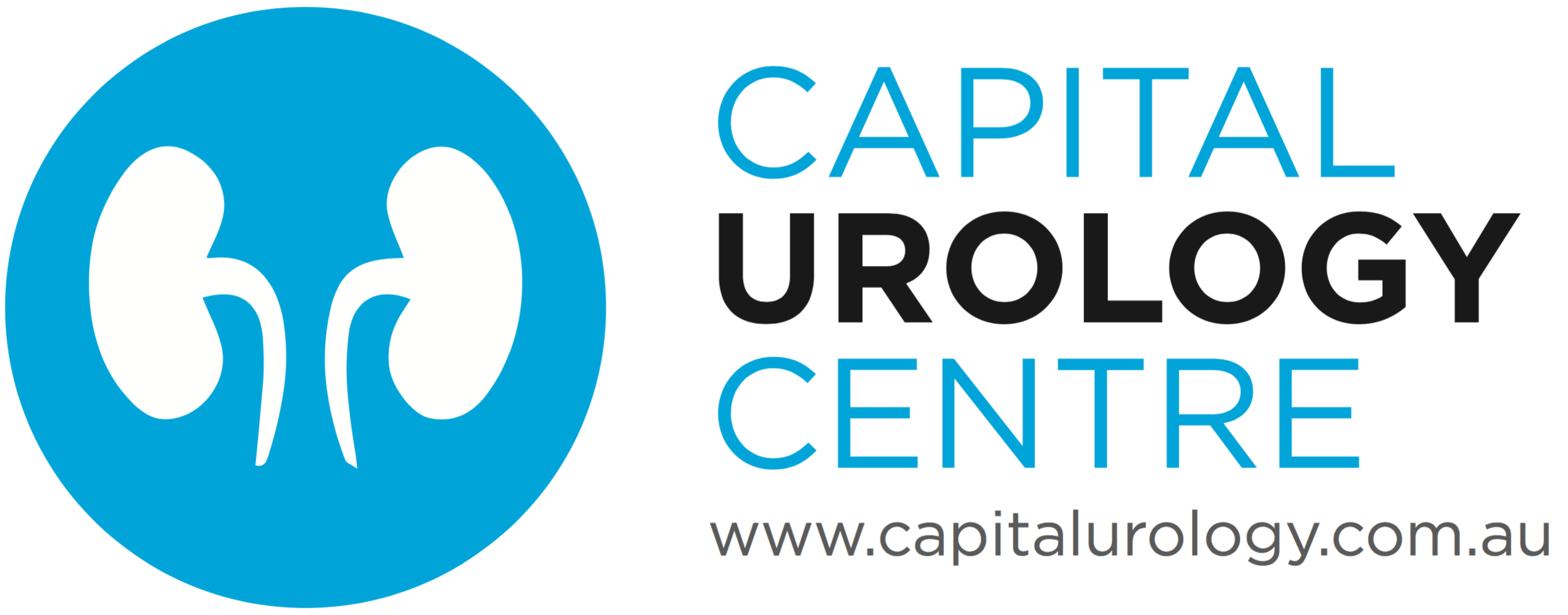Lower Urinary Tract Symptoms (LUTS)
About four in every 10 men aged 45 and older will experience problems in passing urine at some stage of their life. Symptoms of LUTS include:
- Hesitancy, waiting for the urine to start flowing
- Weak and thinner urinary stream
- Intermittency, starting and stopping of urination
- Straining, have to push with abdominal muscles to keep up the flow
- Incomplete emptying , after voiding feeling of residual urine
- Frequency, urinating small amount of urine but quite often
- Nocturia, getting up at night to void
- Urgency, finding it hard to defer the urination and in severe cases having accidental leaks
- Burning or pain during or after voiding
In the past, groups of these symptoms used to be called prostatism giving the impression that these symptoms can only be caused by prostate related issues. We now know that a host of pathologies including any obstruction to the flow of urine in the urethra as well as “irritable urinary bladder” can cause them. These symptoms are now referred to as Lower Urinary Tract Symptoms or “LUTS”.
The most common cause of LUTS is non-cancerous enlargement of the prostate called ‘benign prostate hyperplasia’. The enlarged prostate can squeeze the urethra and cause obstruction to the flow of urine resulting in these symptoms. Your GP can diagnose LUTS and may refer you to an urologist for further management or to rule out any serious underlying condition such as prostate cancer.
The information on this website is provided to reinforce any advice you have received from your GP and others involved in your care and is not intended to replace discussions with your doctor.
